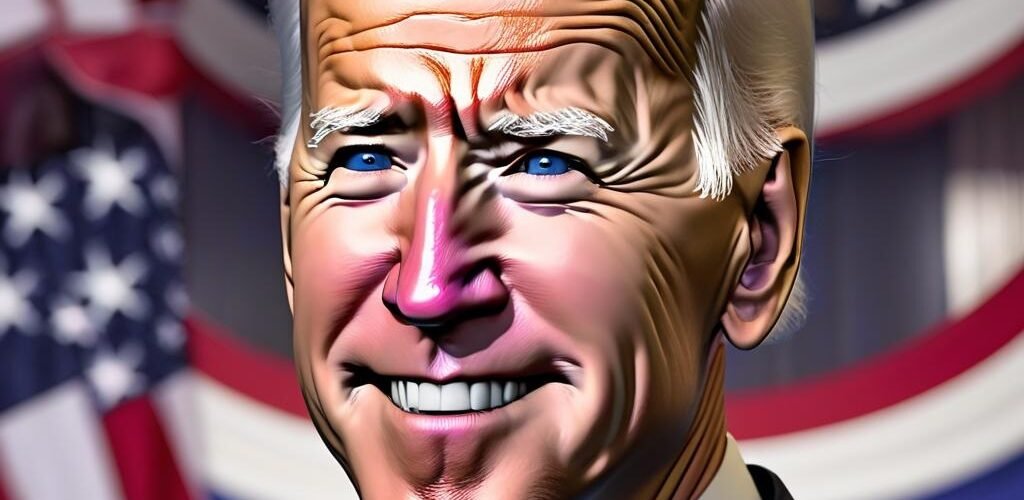President Biden’s recent actions during a Democratic meeting organized by Florida Democratic Party Chair Nikki Fried has brought a whirlwind of controversy that intertwines religion, politics, and women’s rights.
His gesture, a simple sign of the cross, is prevalent in his Roman Catholic belief, but the timing and setting of this act have stirred a profound debate.
To dissect the implications of this action, we need to first understand the broader context surrounding the event. A contentious law restricting abortion to a mere six weeks of gestation is being proposed in Florida, threatening the constitutional right to an abortion protected by the landmark Roe v. Wade Supreme Court ruling.
In the face of this potential infringement on women’s rights, Fried dared to express her dissent.
As Fried passionately argued, Biden made the sign of the cross, wholly aware of the commentary – and controversy – that would ensue. This act, traditionally reserved for moments of prayer, was undertaken while listening to comments supporting the pro-choice movement, which challenges the Catholic Church’s teaching that categorically condemns abortion.
In opposition to Fried’s belief that “15 weeks wasn’t good enough,” did Biden’s gesture represent a silent mockery of Florida’s Republican Governor, Ron DeSantis? Or was it a moment of internal conflict for the devout Catholic president?
This unanswered question forms the crux of this nuanced discourse. Critics primarily within the Catholic realm argue the latter. They propose that Biden was using the gesture to mock not just DeSantis, but all Christians who uphold the sanctity of life. To them, the sign of the cross holds a sacred and respectful connotation.
Therefore, its usage during a pro-choice discussion could be seen as a signal of irreverence towards the church’s teachings. This stands in opposition to the president, however, late in gestation, ultimately affirming the church’s perspective that “every procured abortion” is a “moral evil.”Among those critics was Kristan Hawkins, founder of Students for Life of America, who believes that Catholics “should be calling this evil out.”
For individuals like Hawkins, using religious symbolism mockingly during such discussions represents a blatant disregard for the sanctity of life. However, this interpretation of Biden’s gesture assumes that the President’s intent was to dismiss the church’s teachings and, by extension, the religious community’s ideals.
On the other hand, supporters of Biden argue that the gesture was far from mockery. Instead, it was seen as an expression of inward contemplation and reflection. As the President’s personal religious beliefs collided with progressive political ideals, the sign of the cross can be seen as a moral, internal conflict — a president grappling with the disparity between his belief and his political responsibilities, leading a country where not all share his faith.
Therefore, it’s crucial to acknowledge that the controversy surrounding Biden’s gesture extends far beyond religion and enters the realm of political discourse. It serves as a stark reminder of the tension prevalent in a diverse society where the line between personal faith and public duty often blurs.
This episode further underscores the challenge that faces political leaders who must weigh their personal beliefs against the broader needs of the public.
It’s important to understand that the gesture’s interpretation heavily depends on one’s perspective, shaped by religious beliefs, political leanings, and individual personal stance on abortion.
Despite the contrasting interpretations, one fact remains untouched: the gesture has sparked a comprehensive debate on the delicate balance between faith, the right to life, and women’s rights.
This discussion transcends the specific event and delves into the daunting task of reconciling personal faith with public duty in leadership, particularly in a pluralistic society like America.
